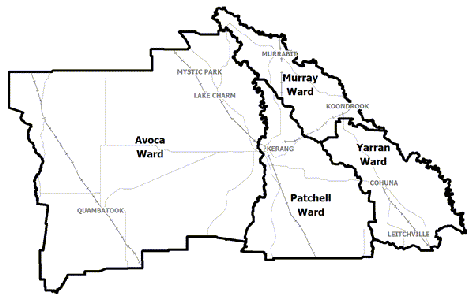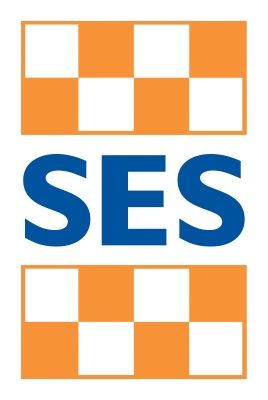Flood information for the Gannawarra Shire Council, encompassing local flood guides and a Municipal Flood Emergency Plan.
Gannawarra Flood History

Gannawarra Shire Council has a history of flooding including a significant flood event in January 2011 which impacted the townships of Qumabatook and Kerang and vast extents of rural areas resulting in extensive damage.
The two key river systems which impact the Gannawarra Shire areas are the Loddon River and the Avoca including the January 2011 events and the 1983 event.
Households and businesses should refer to the Local Flood Guide or the Gannawarra Shire Flood Emergency Plan for more information.
Kerang Local Flood Guide
Click the button below to view the Local Flood Guide, which includes information about the local flood risk and how you can prepare for and respond effectively to floods.
Murrabit and Benjeroop Local Flood Guide
Quambatook Local Flood Guide
About Flood Guides
Communities can use local flood guides to identify and better understand their local flood risk. They include information about: flood history, how to prepare & respond to floods and who to contact.
Contact Information
Local SES Units
-
Kerang VICSES Unit
8 Tate Drive,
Kerang, Victoria.








